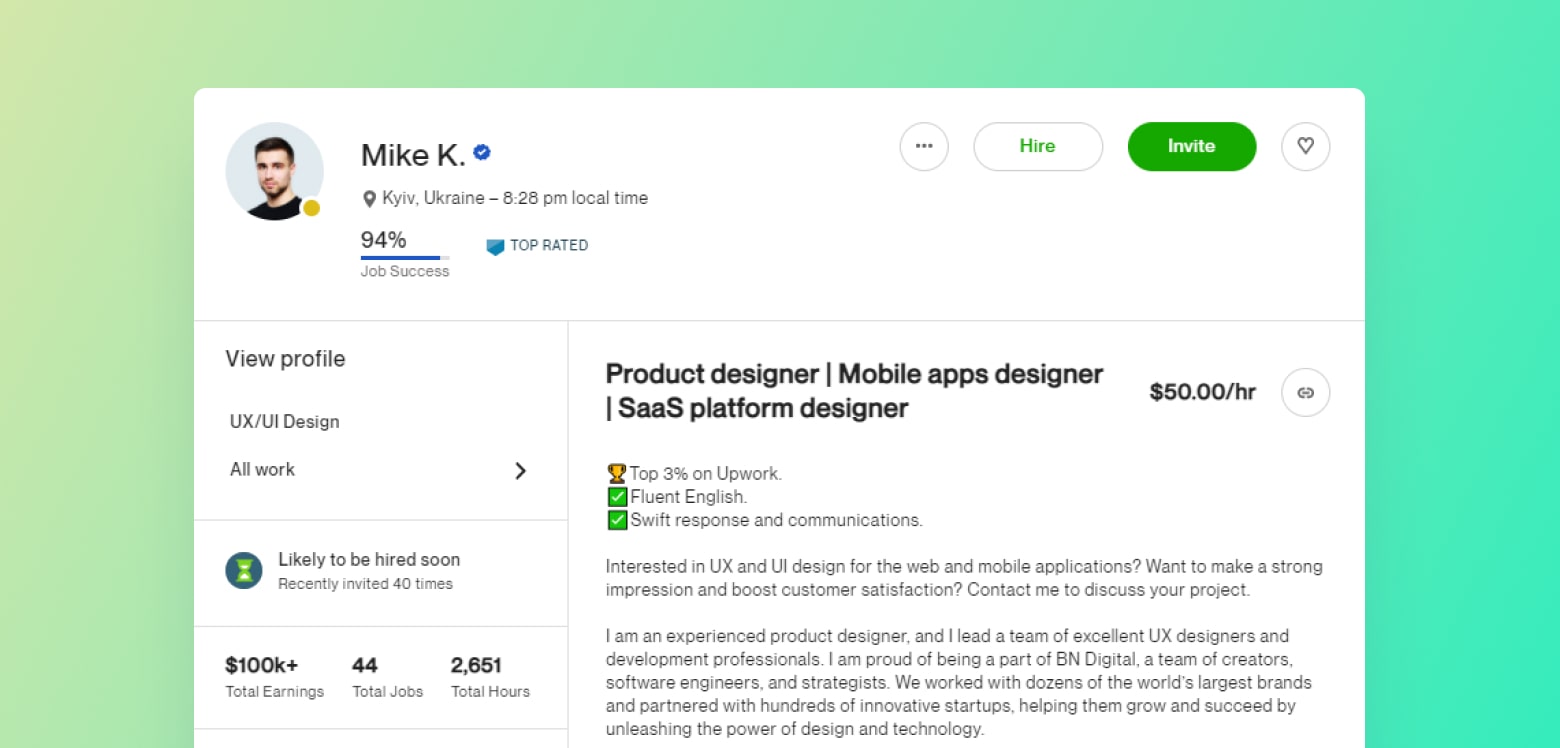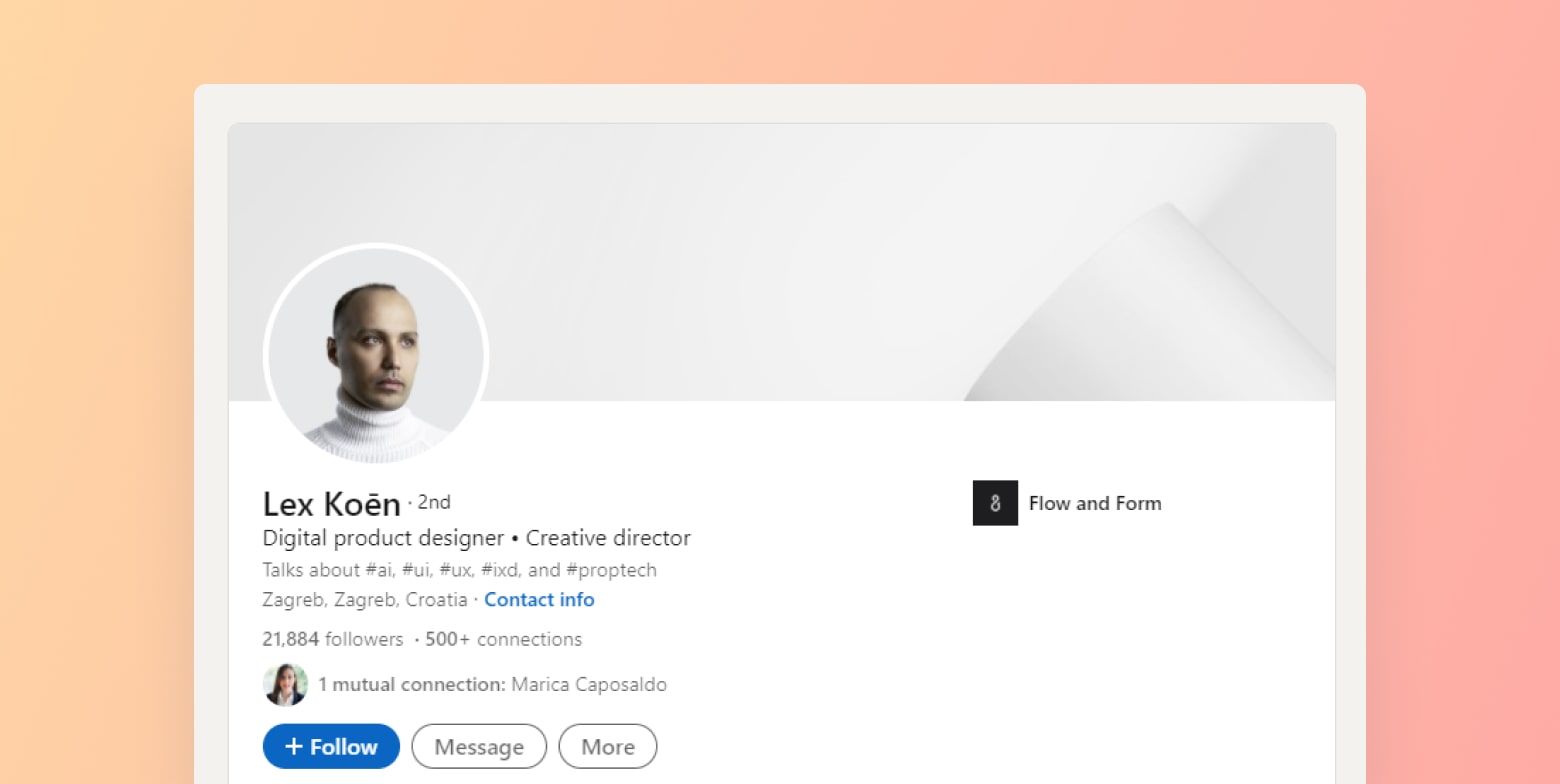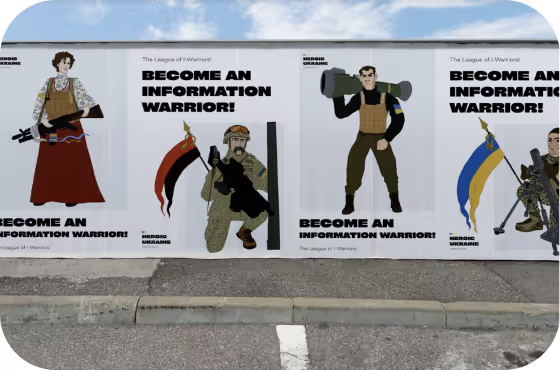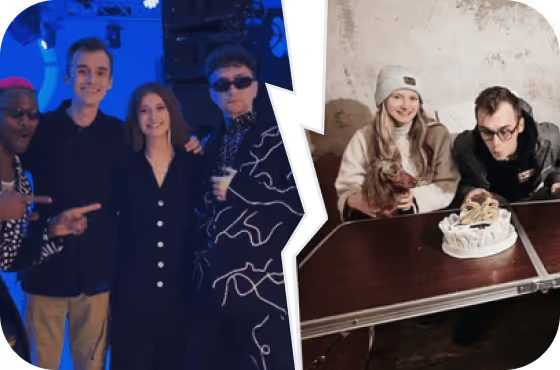HIRE PRODUCT DESIGNER
Do you remember the iconic Pringles can? We bet you do. Its creator, Fredric John Baur, liked its design so much that he asked to be buried in one of those famous tubes. So, try to guess where his children saved his ashes when he passed away in 2008. That’s right — in an original Pringles can.

That’s the spirit you’re looking for in a product designer. But to find such a specialist, you’d have to go through more than Indiana Jones did in search of the Lost Ark.
Don’t fret; every adventurer has a sidekick. And today, Awesomic will be your helpful assistant.
We’ve prepared this article, where you’ll find the answers about what a product designer is and how they can help your business. You’ll get some pro tips on how to find and hire someone who’s a perfect fit for your company.
Do I need a product designer vs a UX designer?
The digital product designer position has existed for about two decades. However, employers and designers still confuse this profession with others since it’s hard to encapsulate all possible product design services one may need. For instance, a designer may apply for a product designer position, but the company needs a UX designer.
To avoid this confusion, let’s first clarify the difference between these two since both may create visuals that improve users’ interactions with your product.
Firstly, let’s understand that “product designer” is a broader term than “UX designer.” A product designer uses a more holistic approach to design. They analyze complex data, define your goals while aligning them with your user’s objectives, and integrate your ambitions into the product design. Meanwhile, the primary responsibility of a UX designer is to ensure that such a product is usable and enjoyable.
Henry Wu, a product design manager at Hubspot, summarizes these senses in the following statement: “A Product Designer, at its core, is a problem solver.”
Simply put, if both specialists are on your team, the product design services will most often be in the decision-making while the UX designer prepares design pitches and does the technical work.
Similarities
- Both specialists focus on creating a better overall product and experience for the end-user.
- UX and product designers use critical thinking to analyze complex data and do market research.
- They often use similar wireframing tools, such as Balsamiq and Sketch, as well as user mapping software, like LucidChart and Overflow.
- UX designers, as well as product designers, base their processes on users’ needs and requests.
Differences
- Product designers focus on the bigger picture. For instance, their goal is to create an experience that aligns with mid-term to long-term business goals while a UX designer solves usability problems.
- UX designers strongly advocate for the user, whereas product designers advocate for the company and the organization.
- Product designers control how the different parts of the product interact.
- A UX designer identifies the problems, and a product designer proposes solutions.
Still trying to decide whether you need UX designers instead? Read our Hire UX/UI designer page to learn more about what UX designers can do for you.
What does a product designer do?
A product designer isn’t a “universal soldier,” as many business owners mistakenly believe. Neither are they simply UX designers with additional responsibilities. They’re specialists who create customer-oriented designs and problem-solve to ensure they suit your business goals.
With that in mind, the responsibilities of a product designer usually vary depending on the company and its digital product. In general, a product designer is responsible for helping you with the following tasks:
How to hire a product designer?
A new question arises now that you clearly know who a product designer is and why you need them. How do I find such a professional? The chances of coming across a product designer with the exact expertise you need are as good as finding a four-leafed clover. It’s possible, but it takes a lot of searching.
Awesomic has done some research for you. We’ve browsed product designer job applications on LinkedIn and found the following results in November 2021:
- U.S. ― 68,000
- Germany ― 5,700
- UK ― 7,100
- Canada ― 4,000
- India ― 9,300
That’s a lot of screening to do, right? And these are the results of only one social network. To avoid spending days simply browsing, take our advice: narrow your request down to a specific set of criteria. We’ll talk about the crucial aspects you need to define.
Freelancer VS. Full-time designer
Firstly, define the role the designer you hire will have. Are you taking on a full-time employee or freelance product design services? Here’s a list to consider when choosing either.
Cost
- Freelancer: Between these two, a freelancer seems like a cheaper option. However, cheap doesn’t mean cost-effective. You might hire a junior designer who charges relatively lower than their colleagues. But their lack of experience and skills might make you spend more time on revisions, clarifying, and remaking. In most cases, this means it results in nothing of good value.
- Full-time: At the same time, full-time product designers charge more as they agree to spend more time at work. Besides, if they decide to resign, you’ll have to spend additional money on recruiting. Such expenses can reach up to 33% of an employee's annual salary.
Dedication
- Full-time: A lot of employers prefer hiring full-time designers to freelancers. They believe they can obtain the necessary information only by being near the resources. And later, this knowledge will help them create the exact product corresponding to your company’s mission.
- Freelancer: A freelance product designer can know your product perfectly. If they possess enough skills and experience, they can obtain the information necessary for their work and implement it in a top-notch product. And distance isn’t an essential requirement for productive work, considering the remote work tools we have at our disposal.
Time resources
- Freelancer: Hiring a freelancer would benefit employers who are ready to delegate most of the processes to a worker. You need to develop a feedback system, mostly at the end of each creative process stage. It seems like an easy solution, but it requires much organization.
- Full-time: Those employers that prefer monitoring all the processes from end-to-end of their workers can choose full-time designers. However, the more stages you’re involved in, the more time you spend solely on monitoring. Additionally, the possibility of seeing the designing process doesn’t guarantee good results.
Where to look for a designer?
There are numerous platforms where you can search for a product designer. Depending on your needs, you might choose a freelance or portfolio website, social networks, or design subscription platforms. Let’s see what the pros and cons of each are.
Freelance websites
✅ There are many offers at prices lower than on other platforms for designer hiring.
✅ You can choose the designer from a large talent pool.
❌ The designers aren’t preselected by their level of expertise.
❌ Requires lots of monitoring from your side.
Portfolio sites
✅ You can see the skills and professionalism of a designer right away based on real cases in their portfolios.
✅ Instead of searching for a designer, you can request a position and have professionals pitch their work to you.
❌ Shortlisting candidates is time-consuming.
Social networks
✅ A large number of candidates to choose from.
✅ You can post a job offer, and candidates will contact you.
❌ You find out the prices only after contacting the candidate.
❌ It takes a lot of time to interview the candidate and negotiatethe details.
Design subscription platforms
✅ Relieve your searching and interviewing stress.
✅ Offer designers that already possess expertise.
✅ You pay a fixed price each month and receive a packagewith multiple services.
❌ Aren’t suitable for those who are looking for on-site designers as they offer only remote workers.
How much should you pay for a good product designer?
If you’ve decided to hire a product designer full-time, you’re ready for a big commitment. For product designers, a significant commitment usually means big money.
Awesomic’s research on Glassdoor has shown that full-time product designers earn from $62,000 to $140,000 annually worldwide.
Firstly, websites like Fiverr and Upwork offer a variety of designers who specialize in physical products. Finding those who would be helpful for startups isn't a walk in the park. Our research has found several designers charging an average of $50/hr.

Portfolio sites
If you turn to portfolio sites, we’ve got bad news: they aren’t better than freelance websites. The problem remains the same ― designers of digital products are hard to find. And to make matters worse, you can’t see the price or the package until you’ve contacted the designer personally.

Social networks
Social networks are next on your list of places to hire a product designer. Let’s take LinkedIn as an example. Here, you won’t see how much each designer charges for their work. You will not discover what they include in their services or previous works. What you can do, though, is either visit their websites or contact them directly to clarify the information.

At this point, it seems like there is no way of finding out how much hiring a freelance product designer will cost you.
Design Subscription Platforms
Let us remind you of another option ― design subscription platforms like the Awesomic app.
The subscription gives you access to vetted digital product professionals for a fixed price. The designers can create mobile apps, websites, and even landing pages. With Awesomic, for instance, you also get tasks updated every business day and can communicate with the designer through in-app chat, calls, emails, and more.
Additionally, you can double your team by expanding your monthly plan. And did your designers manage to complete the project before the month’s end? Then, you can request other design services for your company with no hidden fees.
5 signs you’ve found a perfect match
As the saying goes, measure twice but cut once. In other words, ensure they fit your company before hiring your product designer. Considering how the technical skills of a product designer may vary according to the company and the product they’re working with, we simplified this process for you. We’ve prepared a list of five flags that show you found the ideal product designer.
• Understanding of your brand
As the person who transforms knowledge about your company into visual elements, a product designer should have a clear idea of the company they are working for. This includes a proper understanding of who you are, what you offer, and what your customers need and desire.
• Effective projects
When reviewing the designer’s portfolio, don’t make quick judgments based on lovely visuals. You need to find out whether any of those nice designs have shown effective results, such as increased popularity or company profits, how long it took to achieve such a result and the process the designer followed to reach the project’s conclusion.
• Soft skills
One of the most crucial abilities of a designer is to effectively collaborate with other researchers, engineers, and product managers. Equally important is the skill of understanding your users, their needs, and their requests. For this, they need to possess the ability to solve such problems effectively.
• Good at management
The job of a product designer requires the ability to run numerous processes, such as producing wireframes, creating test plans, running tests, and launching simultaneously. They also need to assemble and manage teams that carry out these tasks. So, their must-have skills are time management, coordination, and collaboration.
• Keeping up with the latest design trends
our designer should understand industry innovation and changes. This includes analyzing the user's changing needs and implementing them in the design. A designer should also know how to improve your product to keep up with competitors.
Find the best-fit product designer for your company
As you can see, being a product designer is a job that goes beyond design. To find a great specialist, you’ll need to define your needs and choose a platform that can offer you what you’re looking for. After this, you’ll carefully select the candidate with the qualifications for your company, and hopefully, after several stages of interviewing, you’ll have a designer on board.
However, you can choose a more accessible option that saves time and money and offers a better user experience. With Awesomic, you’ll get matched to vetted product designers who excel in communication, are proficient in English, and possess the technical skills you need in as few as 24 hours. Besides that, you’ll get the support of the customer success team to receive seamless onboarding and thorough task completion with unlimited revisions on deliveries.
One subscription and your hiring problems solved


FAQ

Awesomic is a revolutionary app that matches companies with vetted professionals across 30+ skill sets, from design and development to marketing and product. Based in San Francisco with a global core team, we offer a faster and more flexible alternative to traditional hiring through a subscription-based model. Awesomic delivers high-quality talent on demand, without the delays of recruiting.

We function as a subscription-based service that matches you to top-tier, vetted talent. Submit a project in just a few clicks and start receiving deliverables in as little as 24 hours. Scale your Awesomic plan up or down as your business needs change.

Every Awesomic subscription comes with unlimited revisions. You receive daily progress updates via the app, and you can provide feedback or request iterations as needed. If your project requires a different approach, you can request a talent rematch at any time, at no extra cost. You can also add teammates to collaborate and streamline feedback

A talent marketplace is a platform that utilizes data and intelligent matching algorithms to connect professionals with projects based on their skills, experience, and availability. While often used internally by large companies, Awesomic applies this model at scale, matching vetted global talent to your most critical business needs.

Hiring is time-consuming, expensive, and risky. Awesomic eliminates that problem. We rigorously vet all talent for technical ability, communication, and soft skills, ensuring only senior-level professionals work on your projects. You skip the job posts, interviews, and delays, and get straight to results.

No, Awesomic goes beyond design. While many clients utilize us for branding, UI/UX design, or motion graphics, we also provide vetted talent in no-code web development, product design, marketing, and more. Think of us as an extension of your team. A flexible, high-performing creative partner from planning to execution, whether you're building awesome products or scaling your team.

You can talk directly with your matched talent via the Awesomic app, connect via Slack, email, or schedule video calls. No matter the plan, you’ll receive daily updates in the app for every active task. You can also tag us in for any issues through our in-app customer chat.












